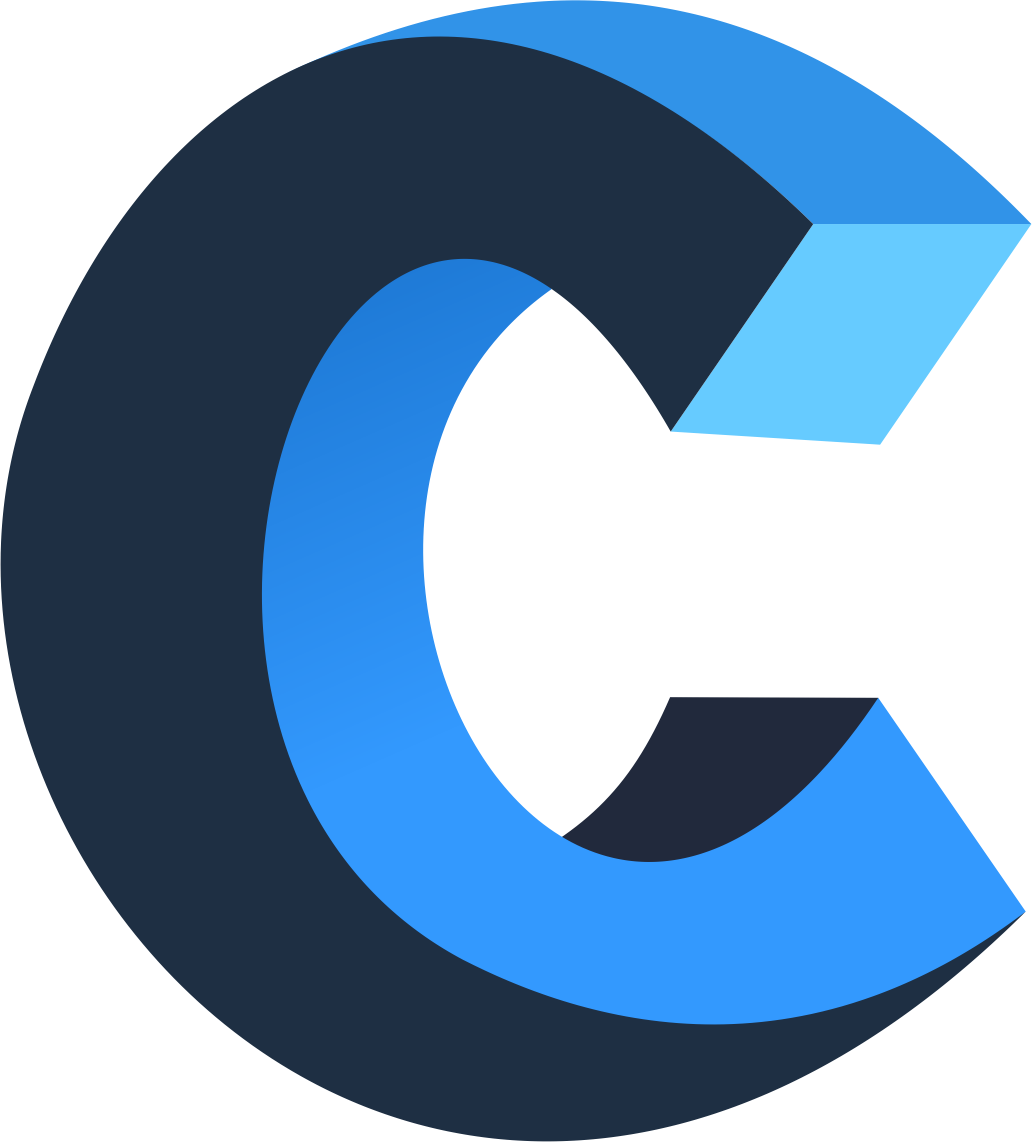What is the economic flow chart?
In economics, the circular flow diagram represents the organization of an economy in a simple economic model. This diagram contains, households, firms, markets for factors of production, and markets for goods and services.
What are the 4 main parts of the circular flow diagram?
The four sectors are as follows: household, firm, government, and foreign. The arrows denote the flow of income through the units in the economy.
What are the flows in the circular flow model?
One of the most useful is the circular flow model. The circular flow model highlights the “flows” within the economy—the flow of economic resources, goods and services, and the flow of money.
What are the 4 main factors of production?
The factors of production are resources that are the building blocks of the economy; they are what people use to produce goods and services. Economists divide the factors of production into four categories: land, labor, capital, and entrepreneurship.
Which kind of economy is most common today?
The mixed economy definition is an economy where both the private market and the government control the factors of production. It is the most common form of economy that exists in the world today.
What is the purpose of circular flow diagram?
The basic purpose of the circular flow model is to understand how money moves within an economy. It breaks the economy down into two primary players: households and corporations. It separates the markets that these participants operate in as markets for goods and services and the markets for the factors of production.
What are the 3 major flows in the economy?
Production, consumption and exchange are the three main activities of the economy. Consumption and production are flows which operate simultaneously and are interrelated and interdependent.
What are three goods examples?
Clothing, food, and jewelry are all examples of consumer goods. Basic or raw materials, such as copper, are not considered consumer goods because they must be transformed into usable products.
How is the circular flow model used in economics?
Updated July 06, 2018 One of the main basic models taught in economics is the circular-flow model, which describes the flow of money and products throughout the economy in a very simplified way. The model represents all of the actors in an economy as either households or firms (companies), and it divides markets into two categories:
How does an economy work according to a flow diagram?
The exchanges made in the economy imply a redistribution of rent according to the diagram, and the creation of value makes the economy grow. It’s worth mentioning that, as usually, diagrams do not shown how the economy actually works.
How are households involved in a circular flow diagram?
Households own the factors of production and consume all the goods and services that the firms produce. Households and firms interact in two types of markets. In the markets for goods and services, households are buyers and firms are sellers. In particular, households buy the output of goods and services that firms produce.
Which is a good example of an economic model?
Similarly, economic models offer a way to get a complete view or picture of an economic situation and understand how economic factors fit together. A good model to start with in economics is the circular flow diagram (Figure 2, below).
